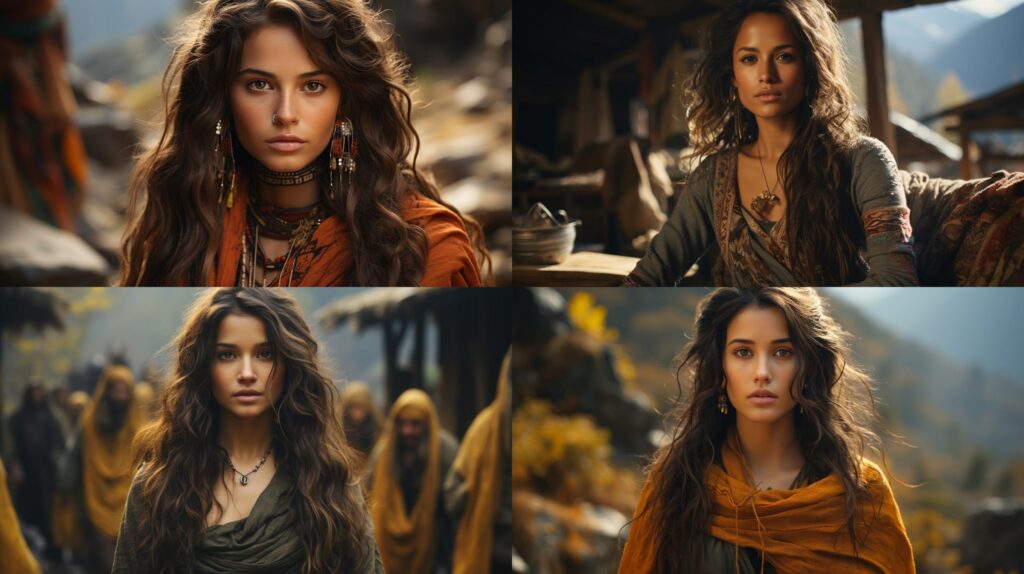The idea of blending human creativity with machine learning has fascinated people for many years. Artificial intelligence (AI) technologies have developed rapidly, and generative AI in particular challenges human creativity. Algorithms and machine learning are used to create art, ranging from paintings to musical compositions. This is known as AI generated arts. Through careful planning and implementation, artists and technology can work together to create new works of art and challenge preconceived notions about authorship and creative intent. Technological advancements in AI open up new avenues for artistic expression and provide artists with instruments that augment rather than replace their imagination.
The authenticity and ethics of AI arts have sparked a heated debat. As artificial intelligence becomes more adept at creating aesthetically beautiful art, critics and enthusiasts alike continue to disagree over the implications of this emerging art form. Discussions within and outside of the creative community are sparked by the focus on topics such as originality, copyright, and the role of the artist.
AI generated arts is both a technological marvel and a philosophical puzzle that challenges society’s preconceived notions about what creativity is and what the future may hold for artistic expression. As we go deeper into this digital environment, it’s critical to consider the larger ethical and cultural questions that AI poses in addition to what it might do for art.

In recent years, AI generated arts tools have evolved quickly, offering new avenues for creatives to explore and craft visually impressive content. Among the leading AI art geneeration tools are MidJourney, Stable Diffusion, and DALL-E, each with its own unique features and capabilities that have attracted the attention of artists, designers, and enthusiasts from all over the world.
How Do AI Art Generators Work?
In simple terms, AI digital art or AI digital images are generated by a machine learning algorithm or process. This means that a machine has collected the data it needs (or “learned” it) and used it to produce a new AI-generated image. AI art generators use technologies such as deep learning algorithms and generative adversarial networks (GANs) to produce images from text. A user will input a series of words, usually descriptive, to create the image. The AI then uses the data it was trained on to generate a picture that matches the user’s description.
All AI-generated artwork begins with the collection of vast amounts of data. This data can include photos, paintings, illustrations. Neural networks learn about the forms, styles, colors, and other details of a vast number of photographs they analyze during training. As a result, the AI system may mimic specific colors, patterns, themes, and even the stylistic components of well-known artists.
The main reason why certain AI art generators do better than others is that their training was done on a bigger dataset. Other aspects, such the kind of AI being employed, are also taken into account. There are now just two main open-source AI applications: DALL-E from OpenAI, the company that created ChatGPT, and Stable Diffusion. On the other hand, some programs use a closed-source system, such as Adobe’s Firefly or Midjourney.

Anoosha Syed, an illustrator, said employers may resort to AI over actual artists for things like creating ad images, logos and illustrating books. Syed said, “ These employers will prefer to use AI if it means keeping costs low, So a lot of these small jobs will vanish.”
The Guardian also claims that AI arts may potentially have a wider impact on artists. AI generations generally do not threaten the larger and more time-consuming projects such as murals, but that is not the case when it comes to basic jobs such as drawing for company logos, creating ad images and book illustrations which people use to build their resumes.
Due to the ease of access to AI artworks, some employers will sadly be forced to compete with AI since they value cheaper labor costs over quality. Since it’s difficult enough for artists to produce unique works, it begs the issue of how much more immoral AI-generated art will be able to produce in the future when it comes to stealing artists’ earlier creations for its own.
AI generated arts has the potential to be destructive since it can pilfer original artwork, undermine the artistic endeavors of non-AI artists, be used maliciously to frame innocent individuals, and force artists out of business.
Further reading: 5 Best AI Artwork Generators in 2024









